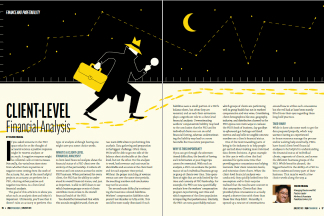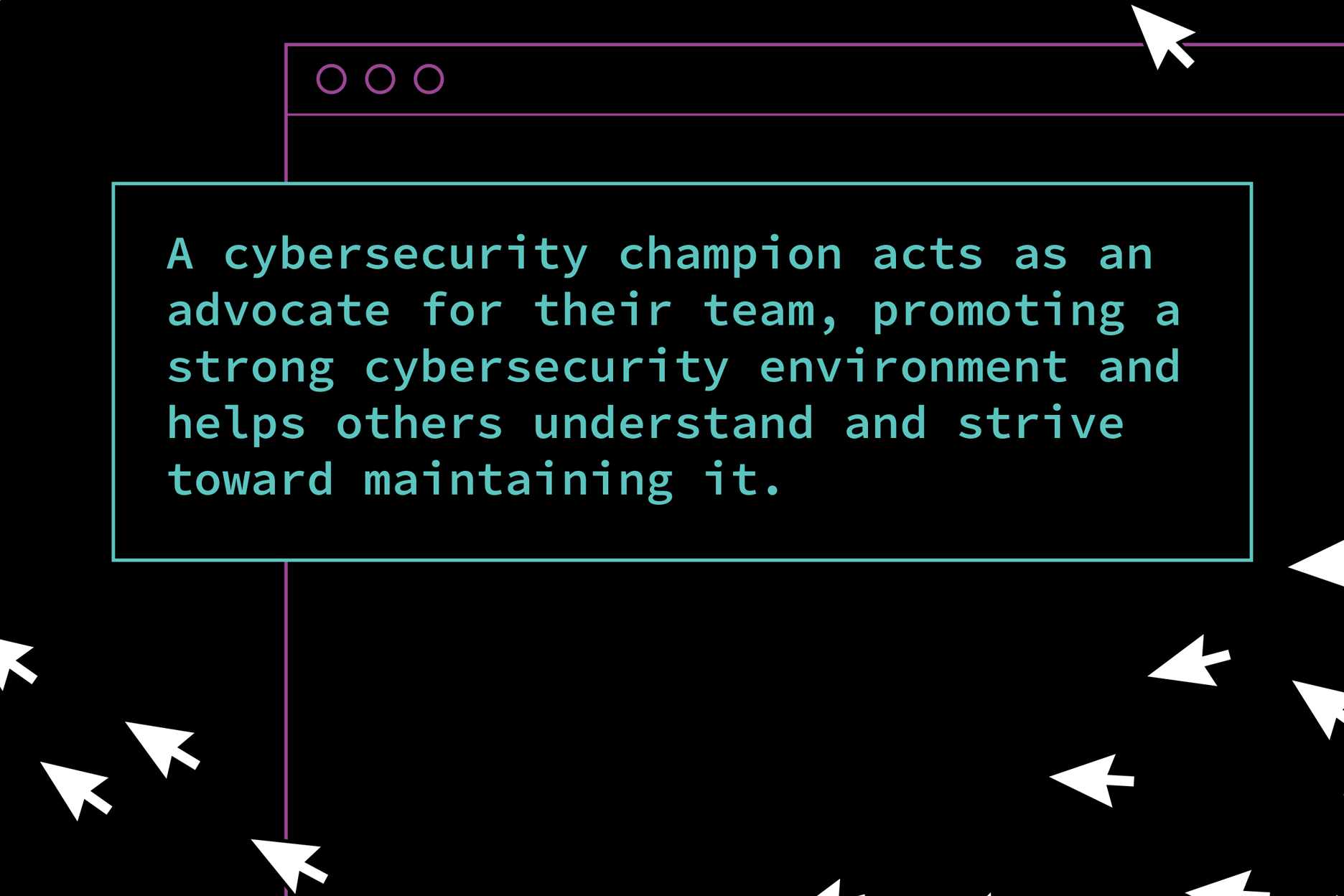DIGITAL AUTOMATION AND GENERATIVE AI FOR HR: ARE YOU PREPARED?
December 2023/January 2024


In a world where our daily interactions, from perusing LinkedIn to tuning into the evening news, are saturated with discussions on automation, robotics, AI, and their transformative potential, it is only natural to experience a blend of exhilaration and apprehension. While you commute to the office or sip your second coffee in the comfort of your home office, the pressing question of how to embark on the journey of effective competition undoubtedly crosses your mind. This is particularly pertinent in light of the constant firefighting to resolve customer concerns or surges in activity tied to seasonal peaks, like open enrollment periods.
While every organization’s journey may differ, there exists a set of best practices to ensure the success of your digital initiatives. Here are a few crucial steps to consider.
VERIFY YOUR FOUNDATION
Prior to delving into the realms of automation and AI, it is imperative to assess and establish the readiness of your infrastructure to assimilate these innovative technologies. If your organization is experiencing growth, has your technological foundation evolved to accommodate the intricate nature of the business and the expectations of your clientele? The foundation must encompass several facets, such as the presence of robust cybersecurity measures, the availability of email and collaboration tools for both internal and remote users, compliant data ingestion, storage, and backup mechanisms, and the maturity and cost-effectiveness of cloud management, optimization, and API integration. While discussions on generative AI may be captivating, ensuring that you integrate technology into a scalable and secure environment is paramount.
Given the influx of data from customers, brokers, enrollment firms, carriers, third parties, payroll providers, and partners, this due diligence serves as a crucial step to identify potential gaps that warrant attention as part of your technological modernization. Regrettably, cyber threats, including ransomware and other intrusive applications, have already harnessed AI, particularly targeting small to medium-sized enterprises like PEOs and HR firms. Your environment must be fortified to counter and preclude any intrusions that could imperil your business.
The amalgamation of skill sets required to manage these technologies often propels CIOs of PEOs, HR departments, outsourcing firms, brokers, and agencies to collaborate with organizations like Quess GTS. Such partnerships provide round-the-clock coverage, liberating time to focus on business expansion, core activities, and the seamless integration of game-changing technology.
DETERMINE THE IDEAL STARTING POINT OR USE CASE
Numerous articles and blogs expound on the applications of automation and Generative AI tools, such as ChatGPT or Co-Pilot. When clients inquire about where to commence, my response varies depending on their business model and technological blueprint. For automation endeavors, the following questions guide the process.
Where does redundant data entry or repetitive tasks consume the most time?
Where do delays stemming from document retrieval, customer responses, or internal approval processes create bottlenecks?
Where does data integrity pose the most significant challenge, necessitating iterative requests, processing, and cleanup?
Lastly, what aspects of customer satisfaction present the most significant hurdles, be it onboarding with new data mapping, forms, and carriers, or navigating renewals that involve adding dependents, introducing new coverage, adapting premium billing, changing carriers, or managing payments?
In either scenario, we advocate for a well-defined and targeted pilot with established success criteria prior to enterprise-wide implementation. This approach ensures that the benefits are realized, and that the methodology is scalable.
SELECT THE RIGHT TECHNOLOGIES FOR YOUR ORGANIZATION
The choice of technology hinges on several variables, including integration with legacy applications and third-party systems. We typically adopt an objective approach unless the customer has already made a predefined selection.
Our recommendations for automation best practices encompass the following:
When custom development is necessary, particularly for mobile and desktop user accessibility and data updates, we propose leveraging low-code and composable platforms to construct your portal and mobile applications, integrating seamlessly through APIs and available connectors.
This approach accelerates time-to-market and reduces the technical debt often associated with traditional development. Robotic process automation can be applied to automate any of the scenarios mentioned earlier with a brief discovery and requirement analysis.
A game-changing innovation in this domain is intelligent document processing (IDP), which seamlessly merges automation and AI. With IDP, document formats can be “learned,” classified, and information can be extracted, eliminating data entry errors stemming from document sources. For security and compliance, the forms can be redacted when viewed, safeguarding sensitive information, including personally identifiable information (PII) and protected health information (PHI). We recommend initiating a pilot with your highest volume forms and progressively adding complexity as you move forward.
EXPLORE THE BOUNDARIES OF GENERATIVE AI
AI holds the potential to revolutionize the insurance and benefits industry, contributing to risk reduction, enhanced customer service, and augmented efficiency. The potential of automation and generative AI is boundless, and adoption continues to surge. Priorities may differ based on the services you offer, spanning onboarding, benefit administration, claims processing, enrollment, customer service, retirement programs, and compliance, as well as the coverage areas you support, such as employee benefits, voluntary benefits, commercial insurance, healthcare, retirement programs, and workers’ compensation.
Across the industry, the following use cases can set your business apart.
- Direct Marketing and Sales: Tailoring efforts to specific affinity groups, industries, or market segments.
- Recruiting and Retention: Screening resumes, targeting specialized skills, scheduling interviews, supporting employee performance management, and developing Key Performance Indicator (KPIs).
- Customer Experience: Crafting scripts and AI-generated guidance that align seamlessly with agent interactions and customer needs.
- Online Training for Staff and Customers: Offering self-paced, interactive training during open enrollment, especially focusing on new coverages, plans, and features.
- Accelerating Claims Processing: Automating processing, detecting, and preventing fraud in historical claims, and identifying patterns that hint at potentially fraudulent activity.
- Prediction of Customer Churn: Analyzing customer interactions, payment frequencies, sentiment analysis, survey responses, and website engagement to foresee potential churn.
- Compliance: Scanning data for outliers in processing that may have compliance or regulatory reporting implications.
- Pricing and Underwriting: Assessing business risk, analyzing customer behavior and risk data, and setting prices with risk considerations in mind.
IN CONCLUSION
By the time you read this article, there will be several new product and technology announcements. My advice is to adopt a business-centric approach to transformation and automation initiatives. Consider how to mitigate risks, enhance customer satisfaction, and streamline processes as your primary drivers for innovation. When feasible, seek partnerships that can ensure the positioning of your investments for success, and that your infrastructure and application foundation remain scalable. Undoubtedly, the upcoming years promise an exhilarating landscape of innovation. Secure your seatbelts for the journey ahead!
-
SHARE
- Copy to clipboard



